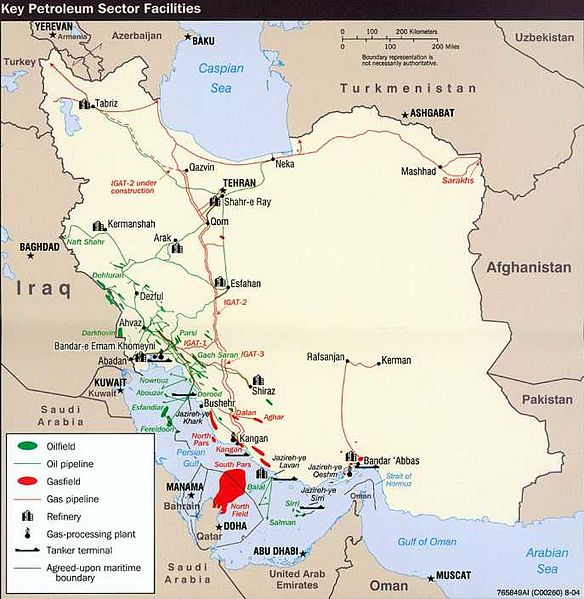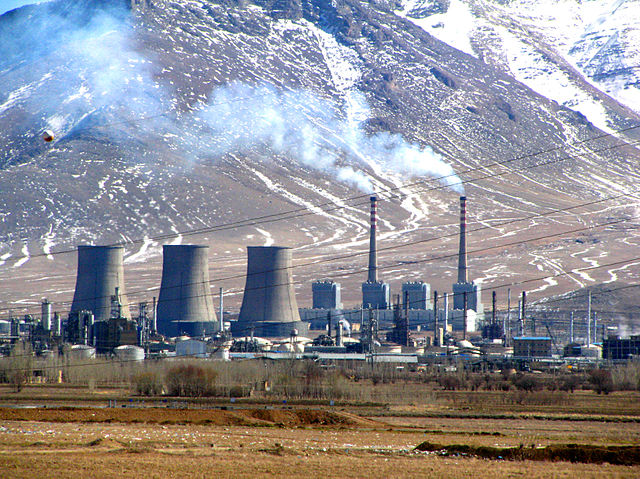Iran possesses significant energy reserves, holding the position of the world's third-largest in proved oil reserves and the second-largest in natural gas reserves as of 2021. At the conclusion of the same year, Iran's share comprised 24% of the oil reserves in the Middle East and 12% of the worldwide total.
Iran holds 10% of the world's proven oil reserves and 15% of its gas. It is OPEC's second largest exporter and the world's fourth oil producer.[citation needed]
IR-40 facility in Arak
Shazand power plant
The Karun-3 dam & hydroelectric power plant in Iran was commissioned in 2005. Iran has emerged as one of the world's largest dam builders in recent years.
Petroleum industry in Iran
Iran is an energy superpower and the petroleum industry in Iran plays an important part in it. In 2004, Iran produced 5.1 percent of the world's total crude oil, which generated revenues of US$25 billion to US$30 billion and was the country's primary source of foreign currency. At 2006 levels of production, oil proceeds represented about 18.7% of gross domestic product (GDP). However, the importance of the hydrocarbon sector to Iran's economy has been far greater. The oil and gas industry has been the engine of economic growth, directly affecting public development projects, the government's annual budget, and most foreign exchange sources.
Iran manufactures 60–70% of its industrial equipment domestically, including various turbines, pumps, catalysts, refineries, oil tankers, drilling rigs, offshore platforms, towers, pipes, and exploration instruments.
Abadan Refinery
Arak Petrochemical complex.
Iran's oil & gas production (1970–2009 data, 2010–2030 projected)








